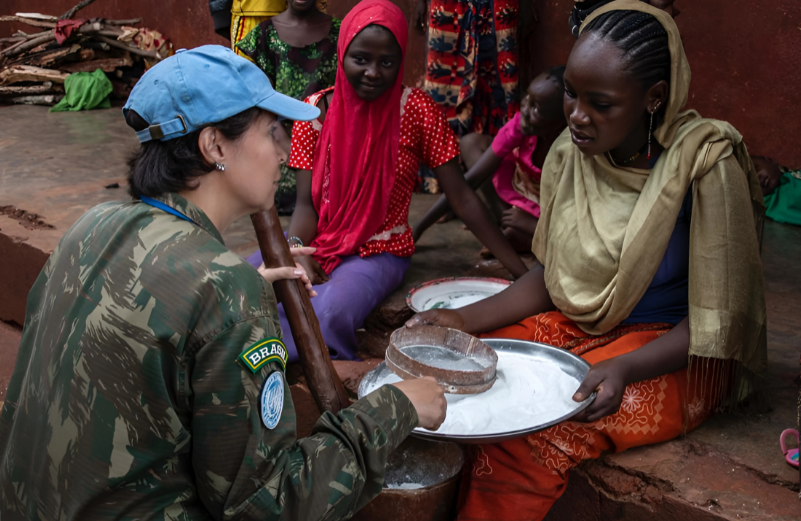For nearly 80 years, UN peacekeeping has been one of the most important tools for mitigating conflict and promoting peace and security around the globe.
At one-eighth the cost of U.S. military operations, UN peacekeeping provides stability in crisis zones key to U.S. national interests but often out of the public eye. Today’s peacekeepers are called upon for a range of responsibilities. They maintain peace and security, protect civilians, assist in disarmament of combatants and democratic efforts like elections and help restore rule of law.
As a permanent member of the UN Security Council with veto power and unique political capital, the U.S. has an outsized voice in globally shaping every UN mission on the ground while paying a fraction of the cost – roughly equivalent to what the U.S. spends on the defense of Guam each year.
